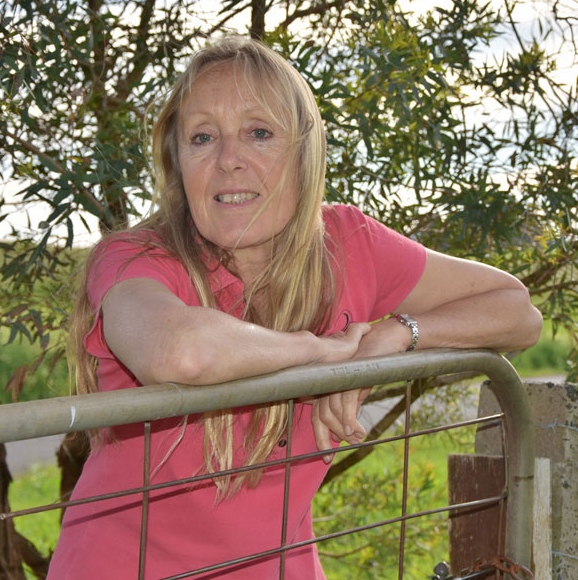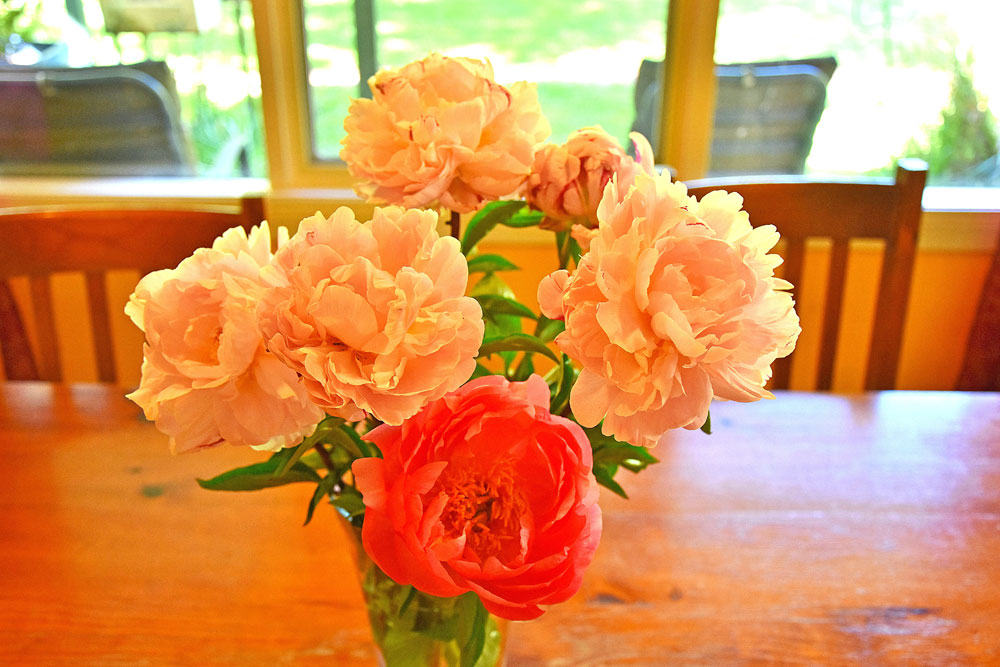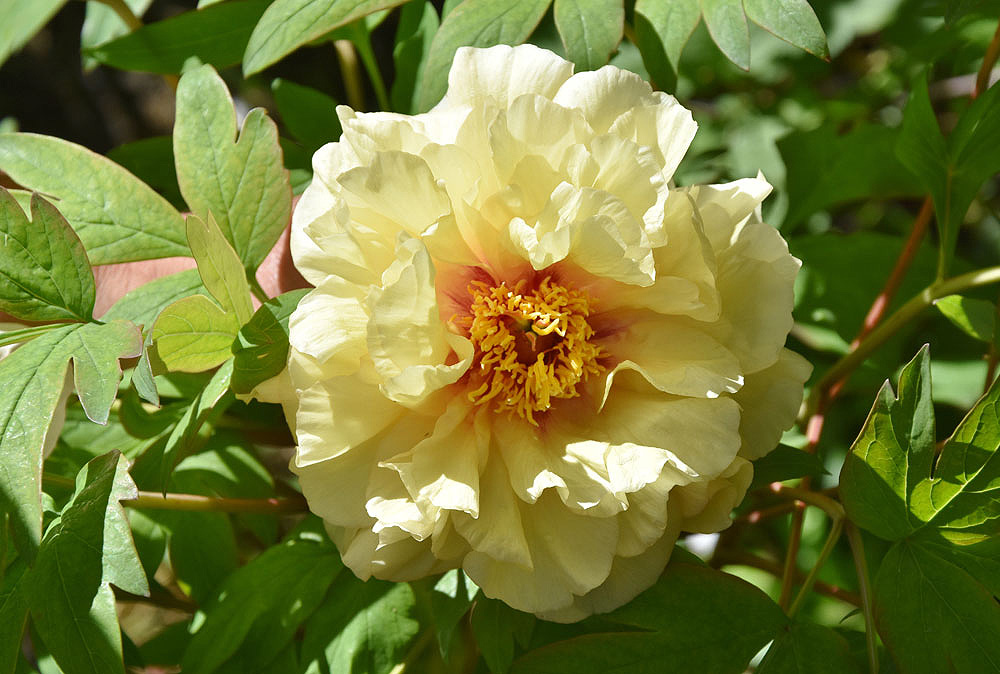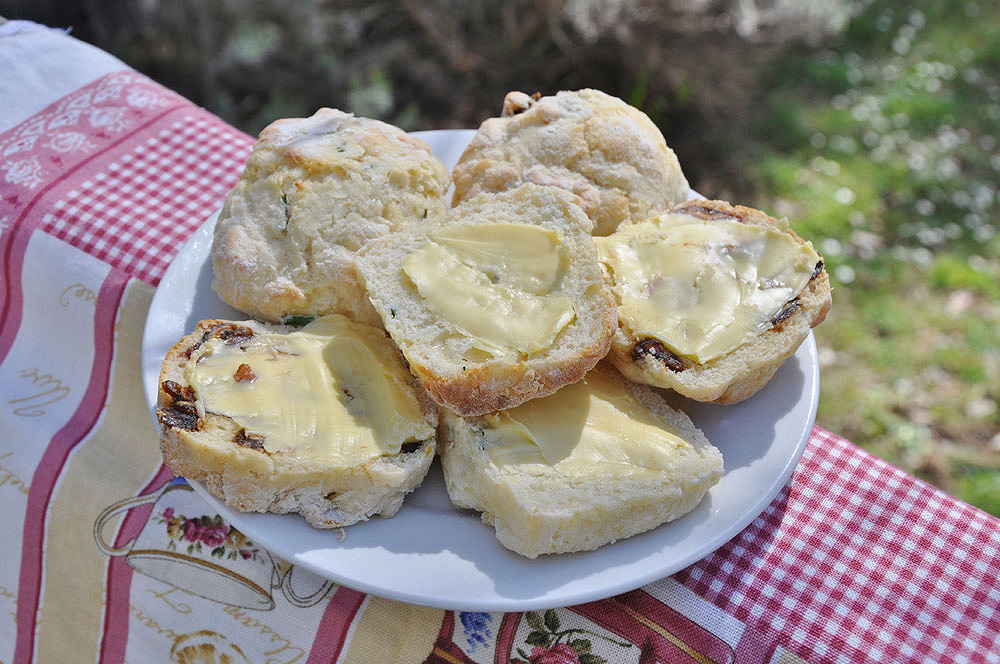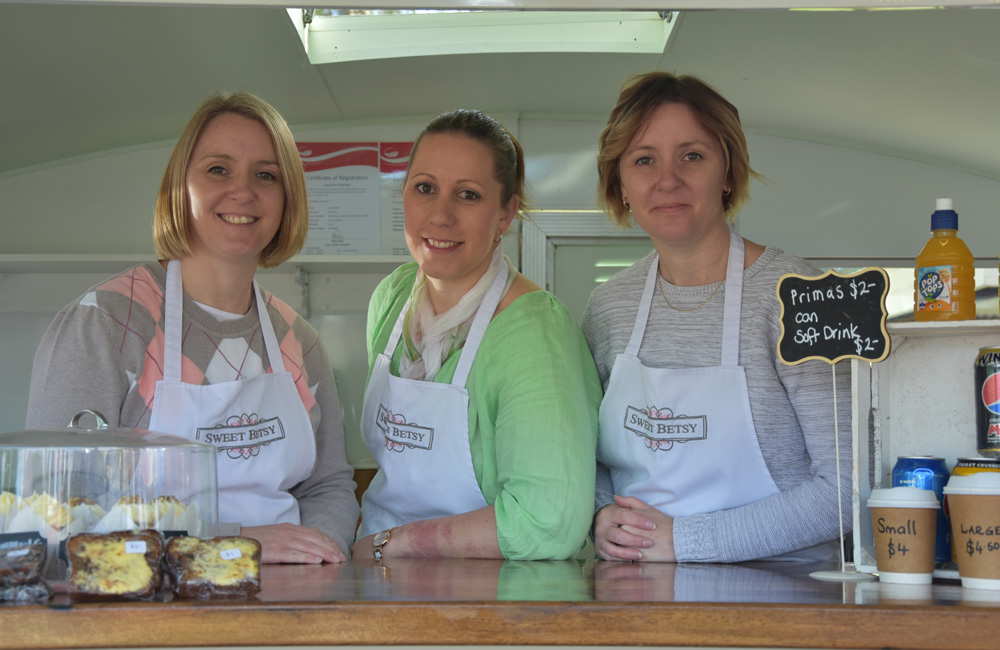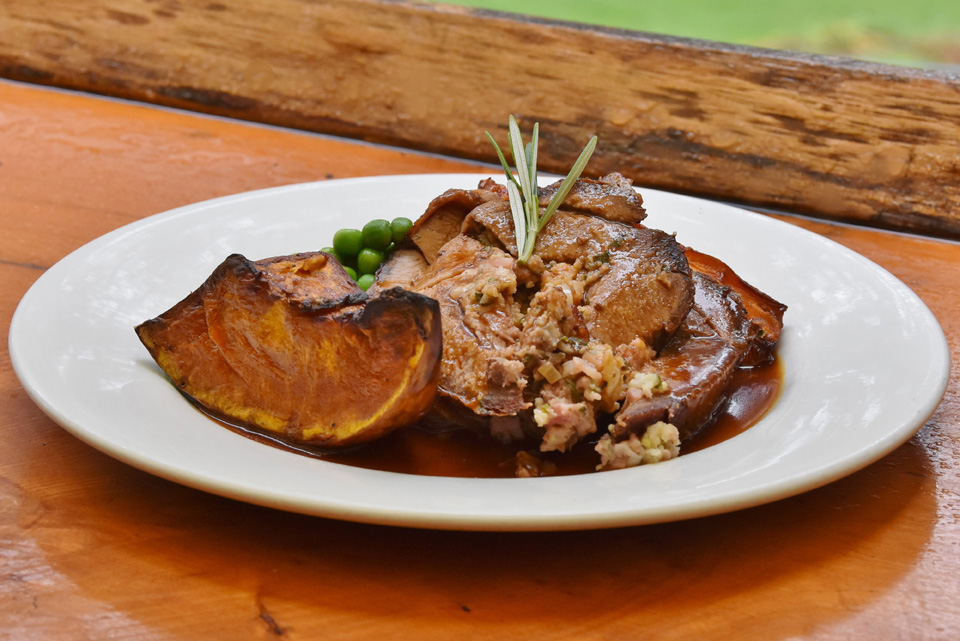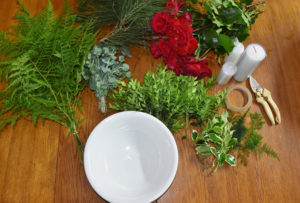A plan for simple backyard permaculture
The average house block can be transformed into a wonderful, productive and convenient food oasis using permaculture principles in the design process. Permaculture systems aim to maximise the benefits of various elements in the garden to reduce cost, labour, pollution and waste by creating convenient and interacting zones.
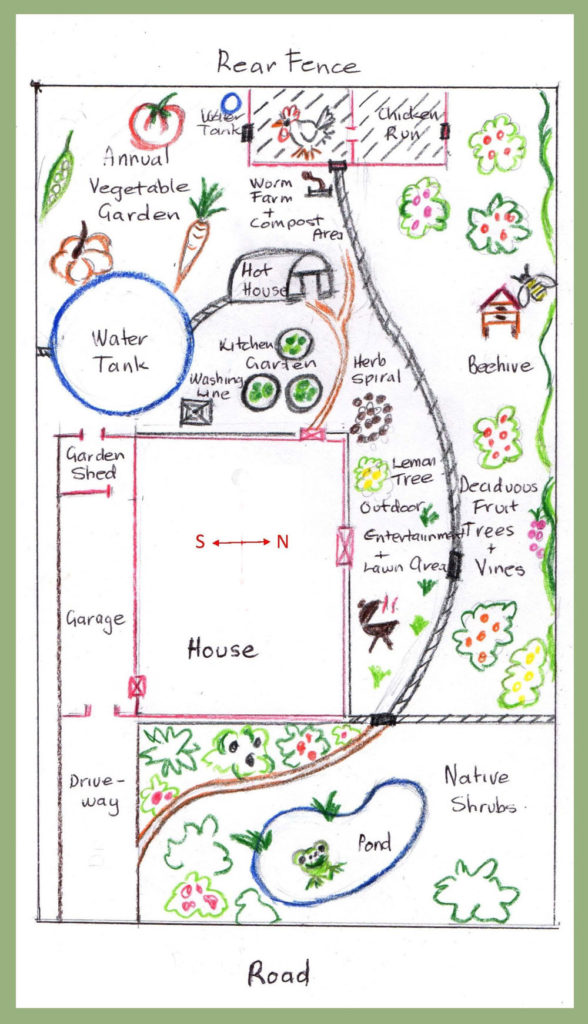
The first zone, which is generally outside the back door of the home, contains the most frequently required and visited areas i.e. the lemon trees, the herb garden, the kitchen greens garden and the hothouse. The annual crop garden and orchard need less attention so they can be placed in a zone further away from the back door.
If chickens are included, then placing them between the orchard and the vegetable garden allows them to have easy access to both when they are required to clean up after cropping or to consume fallen fruit and bugs in the orchard. Connecting a small water tank to the hen house roof and plumbing it to their water supply saves time spent dragging water to them.
The compost area and worm farm has been conveniently placed close to the vegetable garden and the hen house. The hen house is generally visited twice a day (in the early morning and evening) so the worms can be fed and items can be dropped in the compost on the way. A more labour efficient way to compost could be incorporating it into the chook yard and letting the hens who scratch for a living, turn it over while adding their own fertiliser.
Deciduous fruit trees and vines have been placed on the northern side of the yard because in summer they provide shade and during winter they let in sunlight. Bee hives have been placed in the orchard because as well as proving honey, bees are also invaluable as a pollinating agent. The hives can be owned by the householder or leased and serviced by a local beekeeper. This usually involves a fee but also includes a share of the bounty.
Lawn areas are costly, labour intensive and non-productive so reducing these areas, keeping only what is required for recreational purposes and putting the rest into food production makes a lot of sense. Generally this is part of an entertainment area in a zone close to the northern side of the house so that it’s a shady spot in summer and a lovely sunny spot during winter.
The front of the yard has been planted with natives for interest, aesthetic reasons and to attract native birds and small native animals including lizards, which are beneficial for the garden. It could also have an added pond feature to attract native frogs, helping some of our endangered species to thrive.
By Erika Sedgman
Havenhill Permaculture
https://www.facebook.com/Havenhill-Permaculture

